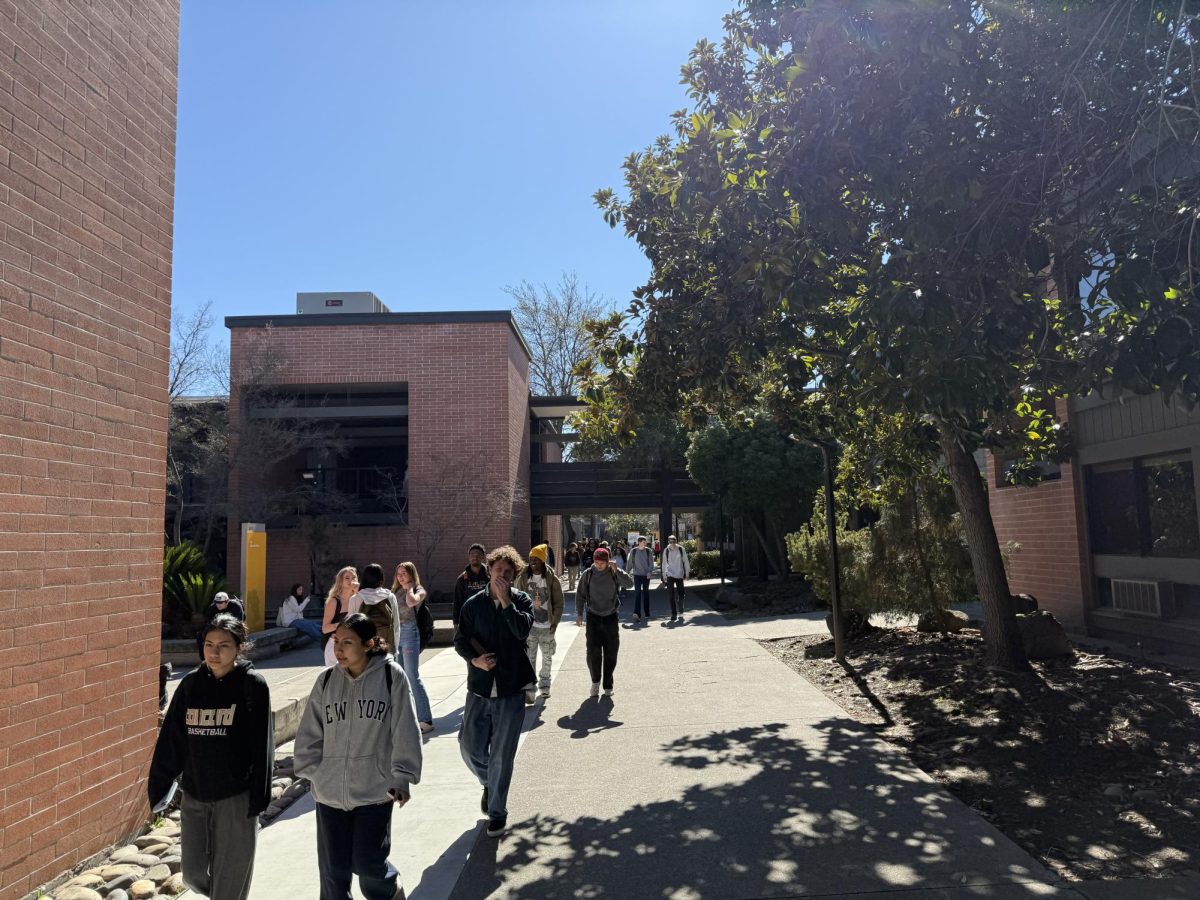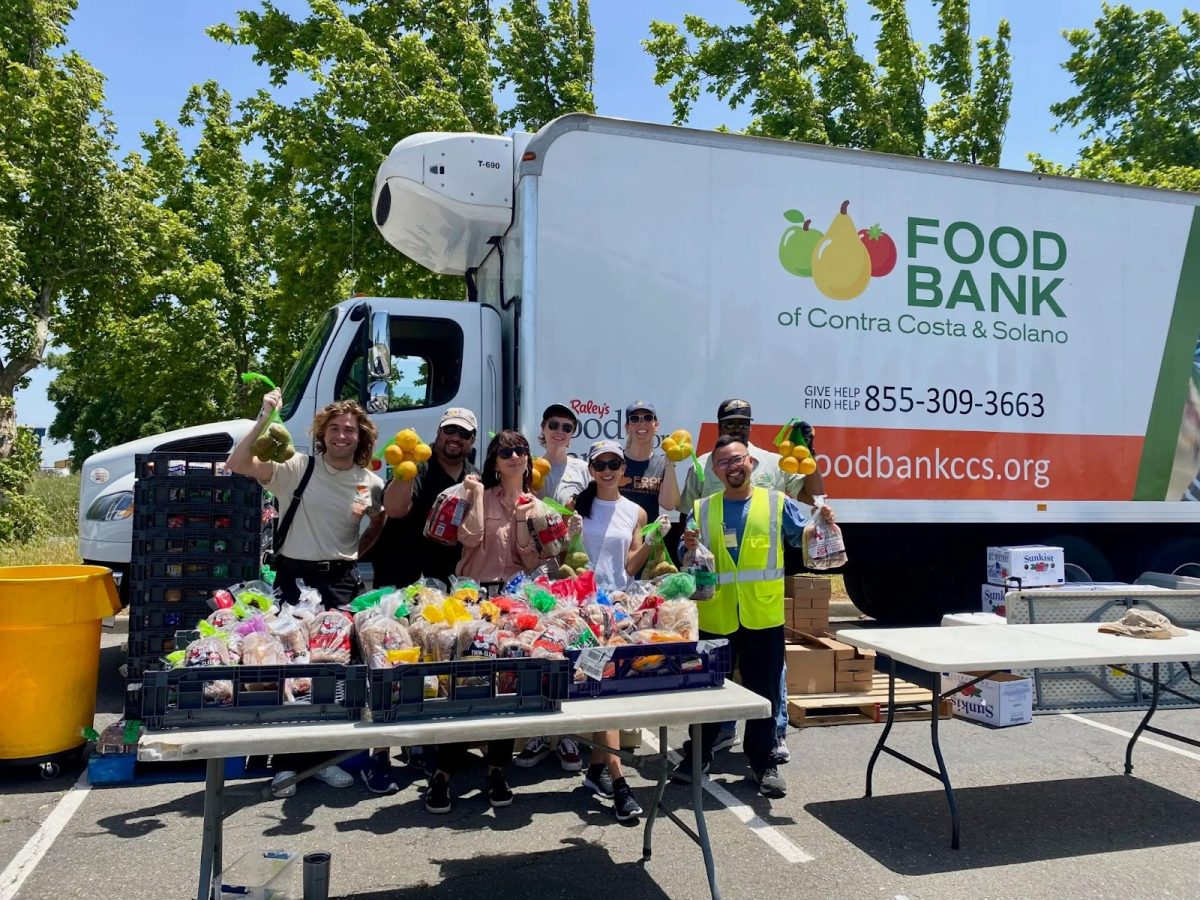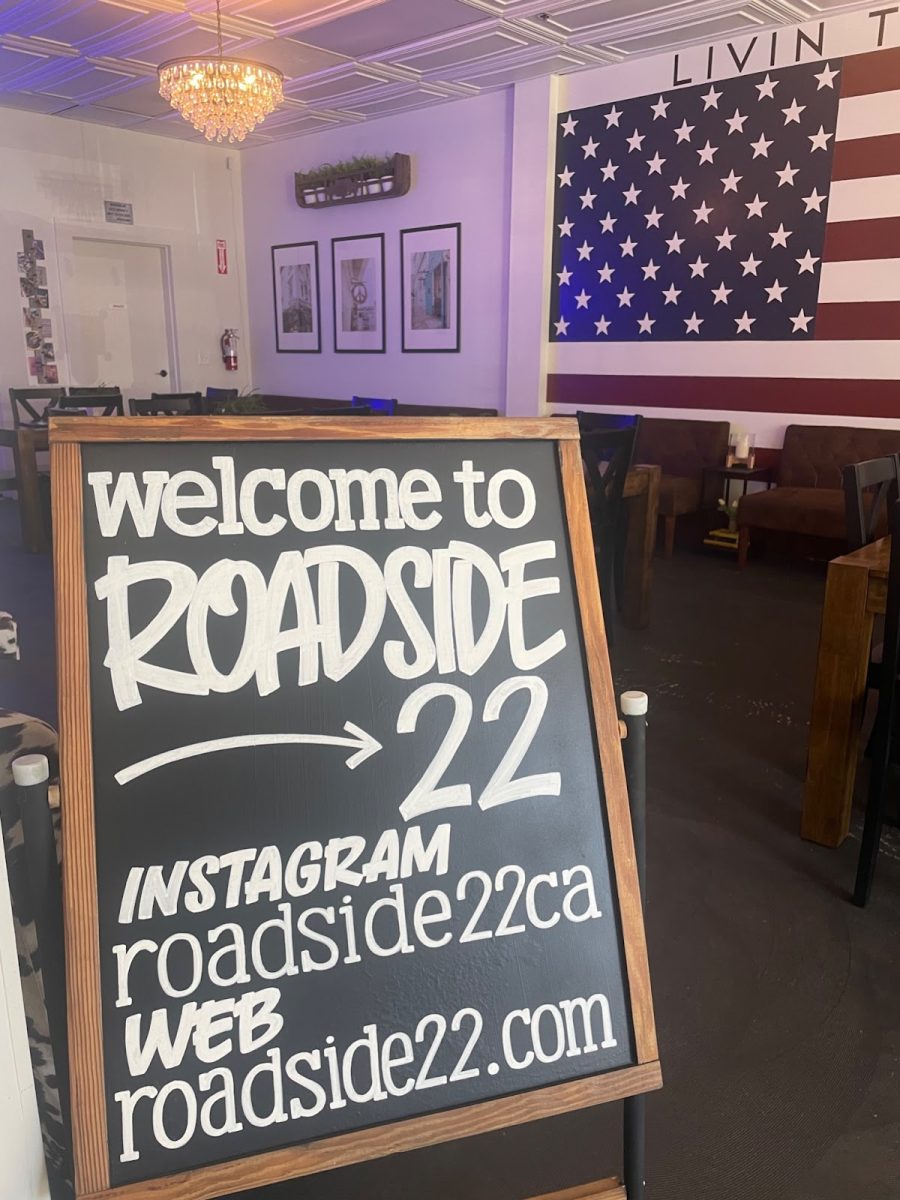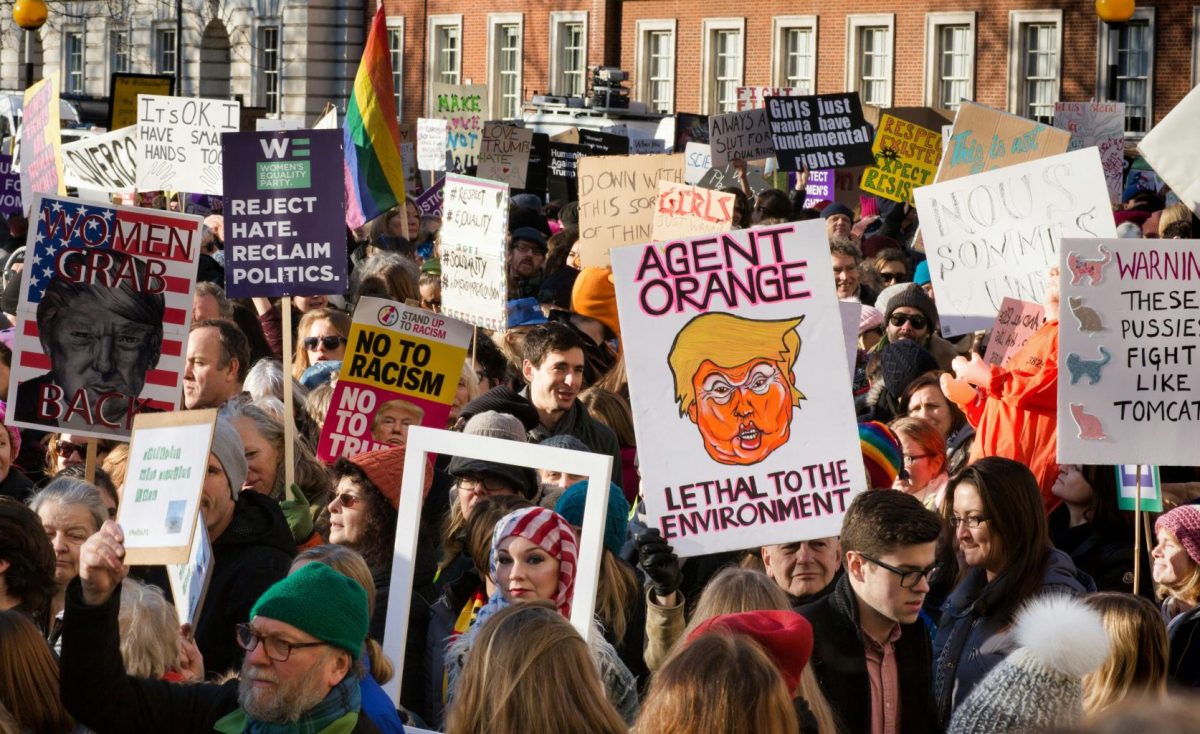Melissa Jacobson didn’t travel far to immerse herself in World War II history.
She rolled back the clock in seven Bay Area communities to discover how ordinary people lived their lives as bombs dropped across Europe and American troops stormed Pacific beaches.
The sabbatical project was the break Jacobson needed to get her new online class, “California Travel Study” (History 134), up and running at the San Ramon Center.
Two books – “Abiding Courage” by Gretchen Lemke-Santangelo and “To Place Our Deeds” by Shirley Ann Wilson Moore – served as the starting point, because they mentioned significant Bay Area locations.
“I wanted to find them myself,” she said.
Jacobson first went to Richmond, since four Kaiser Shipyards had offered war-related jobs that drew thousands of black men and women from the South in the 1940s.
“The population of Richmond exploded in World War II,” she said.
Jacobson also went to the Richmond Museum, where she interviewed a woman who talked about picking up sailors, simply to use their gas cards, because fuel was scarce.
She toured Point Richmond where housing appeared rapidly during the war and Point Molate, where Navy fuel was stored and transferred. Oil depots and houses still date from that era.
In Alameda, home to the Naval Air Station, Jacobson discovered a once-thriving nightlife. Dance halls were especially popular, and the Hotel Alameda, which hosted many dances, still stands today.
“Alameda had the most military aspect of all the towns,” she said.
In Oakland, Jacobson spent hours in the library, looking through newspapers from the 1940s.
“I think I’ll spend my retirement on the second floor of the Oakland library,” she said. “It was so fascinating.”
Also in Oakland, Jacobson interviewed Angelina Macdonald, who survived four years in a concentration camp, where she was repeatedly raped and nearly starved, simply because she was an American living in the Philippines at the time.
“One of the most memorable events during my sabbatical was meeting Angelina and hearing her story,” Jacobson said.
In Berkeley, she interviewed a former a radio announcer who told his story of the Dec. 7 attack on Pearl Harbor and the difficulties of announcing it on the air.
And she interviewed the Japanese American owner of the Berkeley Bowl, today a hugely successful market known for its large produce section. He talked about how his family was detained in camps, along with thousands of other Japanese Americans, and he had to start from scratch once the war ended.
“What I found really interesting was connecting all these dots,” Jacobson said.
Jacobson’s new class consists of podcasts and videos of her interviews, commentary, directions and photos of the locations students must visit.
“It’s a great class because students can do it on their own time,” she said.
Assignments include essay questions to be answered after each road trip to the various locations.
Kevin Horan, executive dean of the San Ramon Center, attended a presentation Jacobson gave last month to friends and colleagues.
“She did a great job making [her research] so relevant to students and our Bay Area,” Horan said.
Although the class will not be available next semester due to budget cuts, Jacobson said she hopes to teach it again in the fall.











































































